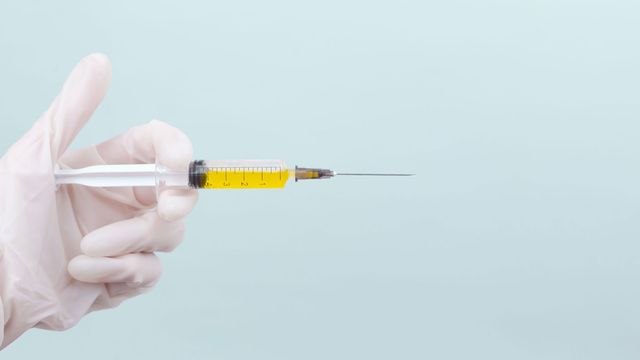One in three people with type one diabetes will develop kidney damage during their lifetime, which can develop silently over many years, often going undetected until it becomes severe.
Current treatments can slow kidney damage but there are…

One in three people with type one diabetes will develop kidney damage during their lifetime, which can develop silently over many years, often going undetected until it becomes severe.
Current treatments can slow kidney damage but there are…
Researchers at New York University Abu Dhabi (NYUAD) have introduced a new type of brain implant that can deliver drugs to multiple brain regions simultaneously with high precision, Interesting Engineering reports in…


For nearly a decade, JABSOM researcher Stefan Moisyadi, PhD, has been chasing an idea he believes could change how we fight cancer. What he found could be a game-changer: a tiny molecule called a nanobody that may succeed where today’s…

1Department of Anesthesiology and Perioperative Medicine, University of Pittsburgh Medical Center, Pittsburgh, PA, USA; 2Department of Epidemiology, University of Pittsburgh, Pittsburgh, PA, USA
Correspondence: Steven Orebaugh, Department of…

In Neurotrophic Keratitis (NK), corneal epitheliopathy leads to an epithelial defect with or without stromal ulceration, accompanied by reduced or absent corneal sensation. It is associated with several systemic and ocular…
This request seems a bit unusual, so we need to confirm that you’re human. Please press and hold the button until it turns completely green. Thank you for your cooperation!

Mutations in a gene known as CPD play a crucial role in a rare form of congenital hearing loss, an international team of researchers has discovered. Scientists from the University of Chicago, the University of Miami, and several institutions…

Dry eye disease (DED) is a multifactorial disorder of the ocular surface characterized by a loss of tear film homeostasis, resulting in ocular discomfort, visual disturbance, and tear film instability.1 DED is one of the most common…